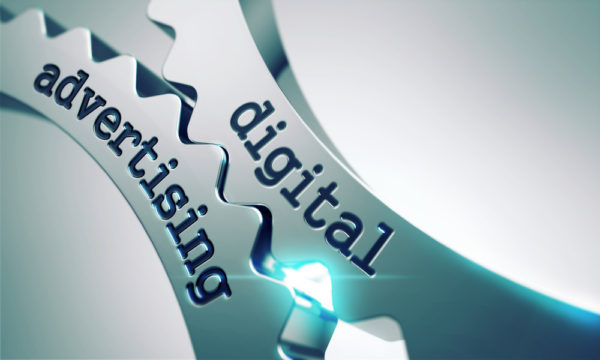Artificial intelligence (AI) technology is changing society’s expectations of reward and activity. This modification is leading to the creation of an “instant society” – an environment where both reward and access to any information is instantaneous and free.
This new paradigm runs in the face of the human experience, established throughout our history.
AI is experienced through virtual reality video games and wearable technology; it interacts gathering information in real time with Google Home and Amazon’s Alexa. But how do companies and brands deliver content to an instant society? And more importantly…is this “new,” mentality collectively beneficial to that society?
With being able to gather information in an instant, marketers now have to race the clock to get information out to its intended audience. With most consumers having an attention span of about eight seconds, marketers must create content that is straight to the point and memorable. Technology, however, is on their side as well due to consumers keeping up with new technological trends, always reachable 24/7.
This content can be shown on any platform and even compatible with the wearable technology. Content is being created with the consumer in mind and the fact that we prefer to instant access to information and content.
App development, on the other hand, is becoming a second hand to artificial intelligence. Through Amazon’s Alexa, you are now able to pair multiple devices and control things such as lighting and temperature in your own home.
An “instant society” is not necessarily a bad change. According to Brad Smith of politico.eu, “By 2038, a personal digital assistant will be trained to anticipate our needs, help manage our schedule, prepare us for meetings, assist as we plan our social lives, reply to and route communications, and drive our cars. Beyond our personal lives, AI will enable humans to make breakthrough advances in areas like healthcare, agriculture, education, and transportation. We’re already seeing this begin in impressive ways”.
Artificial intelligence is making changes to the medical and health field, as well as technology. Although an instant society seems detrimental to the workforce by taking away jobs, it also creates jobs and opportunities in a different way. App development and the output of content for marketers are being developed in ways that apply to the change of an instant society, as well as the consumer’s needs.
























![Advertising Budgets 2016: 4 Trends You Need To Know [Infographic]](https://www.mdgadvertising.com/blog/wp-content/uploads/2015/09/2016_Advertising_Trends_1000_compressed.jpg)



